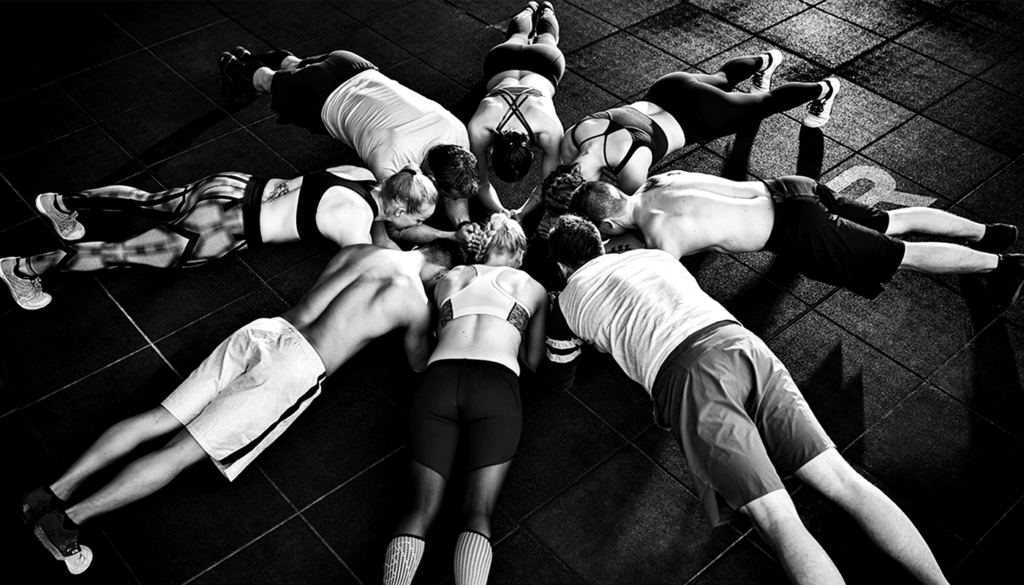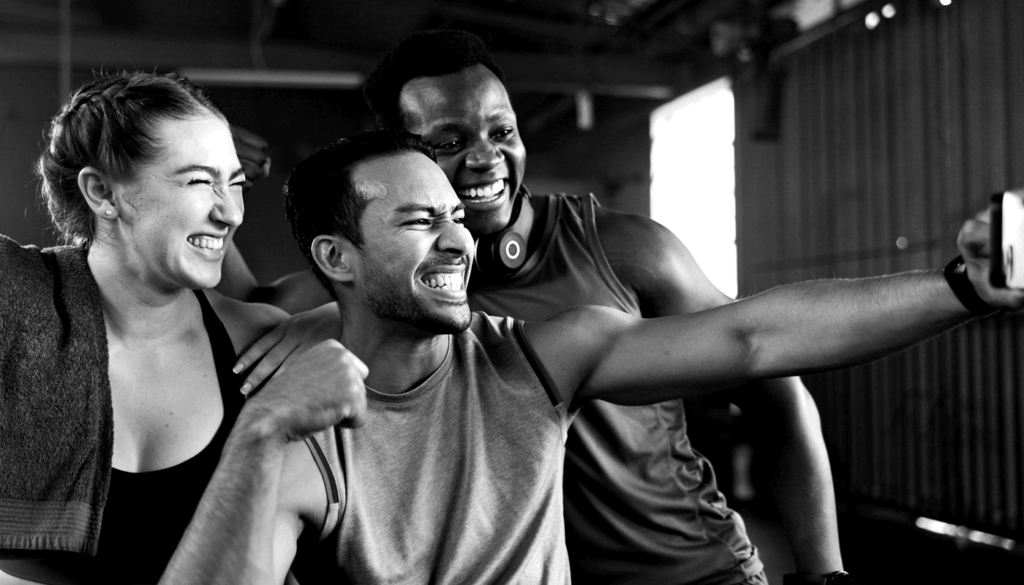
Increased heart rate, sweating, trembling, or feeling nauseous before or during a workout? Gym anxiety, also known as exercise-related social anxiety or fitness anxiety, is more common than you might think. It can act as a significant barrier for those striving to improve their physical and mental well-being.
It involves feelings of unease, self-consciousness, and fear experienced in a fitness setting. Identifying the signs and symptoms of gym anxiety is crucial for understanding its impact on individuals' lives and taking the first steps to managing it head-on.
First, let’s explore the relationship between fitness and mental health. Understanding gym anxiety allows us to develop effective coping strategies and techniques to manage these feelings.
Recognizing the Signs and Symptoms
When it comes to identifying social anxiety in the gym, it's important to be aware of both the physical manifestations and emotional indicators. Some of the most commonly experienced symptoms include, but are not limited to:
Understanding the Impact on Mental Health
Gym anxiety can have negative effects on mental well-being and hinder progress in fitness goals. We avoid activities and lose motivation to exercise because we fear others watching or judging us. This leads to missed opportunities for physical activity and a decline in overall fitness levels. Additionally, social anxiety in fitness settings can contribute to feelings of isolation and low self-esteem.
Understanding gym anxiety and its effect on mental health is important for those who want to get past their fears. Next, we'll look at ways to handle gym anxiety and make exercising more enjoyable.
Practical Tips and Techniques
When it comes to managing gym anxiety, there are practical tips and techniques that can help individuals overcome their fears. One effective strategy is incorporating breathing exercises into your fitness routine. Deep breathing can help calm the mind and body, reducing feelings of anxiety and promoting relaxation during workouts. You can take slow, deep breaths in through the nose and exhale slowly through the mouth discreetly for immediate relief.
Another technique is gradual exposure therapy, which involves gradually exposing oneself to anxiety-inducing situations in a controlled manner. Start by setting small goals, such as spending a few minutes in the gym or trying out different equipment. As you become more comfortable, gradually increase the duration and intensity of your workouts. This process helps build tolerance to gym-related anxiety over time.
Seeking Professional Help
If gym anxiety is really affecting someone's life, getting help from a therapist or counselor can be a good idea. These professionals can offer advice and support that's just right for each person. Cognitive-behavioral therapy (CBT) is a helpful type of therapy that teaches people to change negative thoughts into positive and more realistic ones. It gives them tools to handle social anxiety in fitness places better.
By implementing these practical tips and techniques while also considering professional help when needed, individuals can develop effective coping strategies for overcoming gym anxiety.
Enhancing Mental Wellbeing and Building Confidence in the Gym
When you work with a personal trainer, one way to improve your mental wellbeing is by setting fitness goals that are right for you. Make sure these goals are achievable and match what you can do now. This helps lower stress and keeps you from feeling too anxious. Begin with small goals to make the big ones easier to reach. Celebrate each success with your support group or personal trainer. This boosts your confidence and makes the gym a place where you feel comfortable. Remember to pay attention to your progress, and maybe listen to music while you work out. This keeps you motivated and makes the gym a good place for both your body and mind to grow.
Tracking your progress is another effective strategy for enhancing confidence. Keep a record of your workouts, noting improvements in strength, endurance, or flexibility. Seeing tangible evidence of your progress can provide a sense of accomplishment and motivate you to continue pushing forward.
Positive Self-talk and Visualization
Positive self-talk means thinking good thoughts about yourself instead of bad ones. Don't worry about what you can't do or how you compare to others. Instead, tell yourself nice things about your skills and remember the good things you've done before. Be proud of how hard you work on getting fit.
Visualization is another powerful technique for enhancing self-esteem. Before heading to the gym, take a moment to visualize yourself successfully completing your workout or achieving your fitness goals. Imagine how it feels to be confident, strong, and capable during your exercise routine. This mental rehearsal can help build confidence and reduce anxiety before stepping into the gym environment.
Making simple fitness goals, thinking positively about yourself, and imagining your success can help you feel more confident and good about yourself in the gym. Next, we'll look at different ways to exercise for people who don't feel at ease in regular gyms.

Exploring Non-traditional Exercise Settings
For individuals who feel anxious in traditional gym settings, exploring non-traditional exercise settings can be a great alternative. Outdoor activities provide an opportunity to engage in physical activity while enjoying nature. Hiking, biking, or doing yoga in the park are fun activities that give you a nice change of scenery and let you enjoy being outside.
Group fitness classes are another option that provides a supportive environment for individuals seeking inclusivity. These classes often cater to various fitness levels and offer a sense of community and camaraderie.There are many different types of exercise classes, like dance workouts, martial arts, and special classes for certain groups of people, offering a lot of choices and welcoming everyone.
Virtual Fitness Communities
n today's digital age, virtual fitness communities have become increasingly popular. Online platforms allow individuals to connect with like-minded individuals who share similar fitness goals and interests. These communities provide a supportive space where people can share their experiences, seek advice, and find motivation from others who understand their journey. Virtual workout sessions also offer increased comfort for those who prefer exercising in the privacy of their own homes.
By embracing alternative fitness options, individuals can find inclusive environments that cater to their needs and preferences. This promotes diversity, acceptance, and ultimately helps overcome gym anxiety by providing options beyond traditional gym settings.
Empowering Yourself: Conquering Gym Anxiety
Dealing with gym anxiety is important for your physical and mental health. The tips in this blog can help you feel more comfortable in the gym. Exercising can make you more confident and help fight gym anxiety, leading to a healthier life. Be kind to yourself and be happy about every small win. Paying attention to your mental health and handling gym anxiety helps you like exercising more and creates a good link between your mind and body.
Overcoming gym anxiety not only improves your mental well-being but also significantly contributes to your physical health goals, such as sustainable weight loss. By conquering fears associated with the gym, you unlock the door to more consistent and enjoyable workouts, which are key components of losing weight healthily and maintaining it. Learn more about how integrating regular exercise into your lifestyle can be a powerful ally in your journey towards sustainable weight loss by exploring our guide 'Unlocking the Secrets to Sustainable Weight Loss'.
Grab this chance to beat gym anxiety and reach your best self. Schedule your FREE consultation with me today. We'll work together to create a plan just for you, focusing on your unique needs. With support and professional advice, you'll be able to handle gym anxiety easily and confidently.